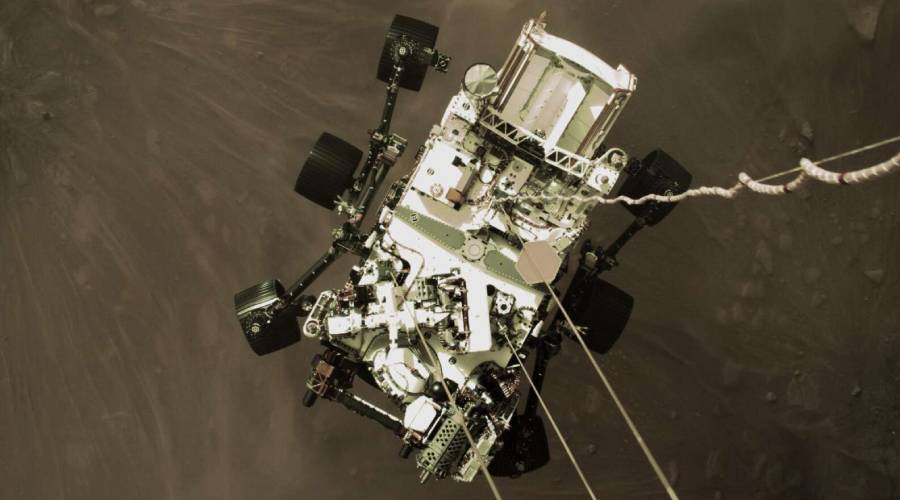This Thursday, NASA’s latest Mars Rover, Perseverance safely touched down on the red planet. Perseverance is on a two-year exploratory mission on the planet. One of its main goals is to look for signs of ancient microbial life.
NASA has successfully landed its 5th Mars rover called Perseverance in the Jezero Crater. The crater is believed to be a long drive lake basin that used to be fed by a river. One of Perseverance’s objective during its two-year mission is to collect sediments that could provide clues or proof that at on point life did exist on Mars before it become a dry planet.
See also: Queensland plans for green hydrogen plant
This is not NASA’s first attempt to hunt for life on the hottest planet in our solar system. About 40 years ago NASA sent the Viking Landers to Mars. The two spacecraft sent data back to earth. Early information was favorable and supported the notion that there may be bacteria like organisms in Mar’s soil. However, further analysis proved otherwise.
With Perseverance, NASA has changed its approach, instead of looking for signs of current life, the rover will look for sediments that will provide clues to whether there was life on Mars when it had seas and was not a desert planet. The samples the rover collect will be brought back to earth at a later mission for analysis on laboratories on Earth.
The implications if signs of ancient dead life are found on Mars would be significant. It would fundamentally change humanity’s view of the cosmos. If ancient life on Mars has the same DNA structure as organisms on Earth, it indicates that life can travel between worlds through meteors. If, it is found that life on Earth and Mars does not share a common ancestry it would indicate that life can evolve in the right conditions. This would make it a near certainty that intelligent, self-aware life may have evolved somewhere on the trillions of planets in our solar system.
NASAs other Rovers
NASA has sent four other rovers to Mars over the years. Their names are Sojourner, Spirit and Opportunity, Curiosity.
Featured image: NASA/JPL

